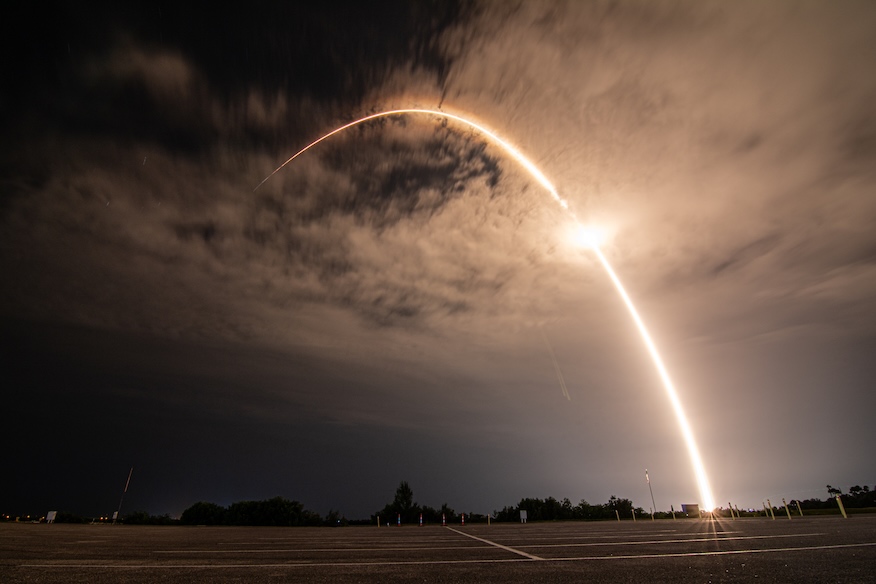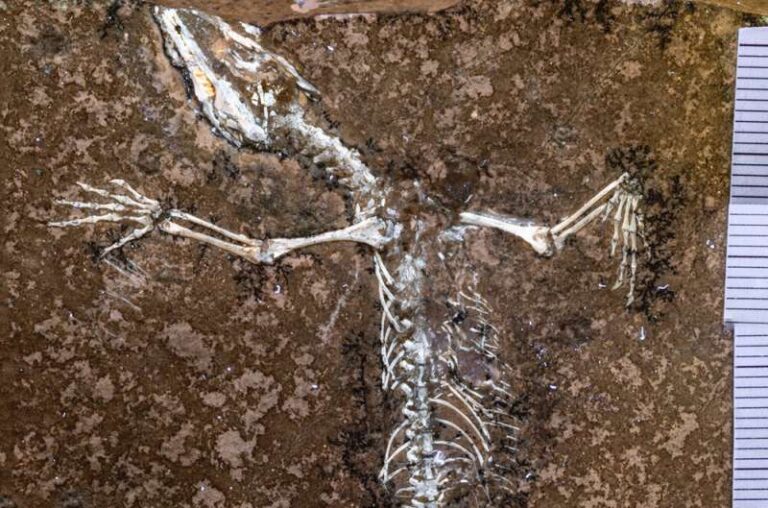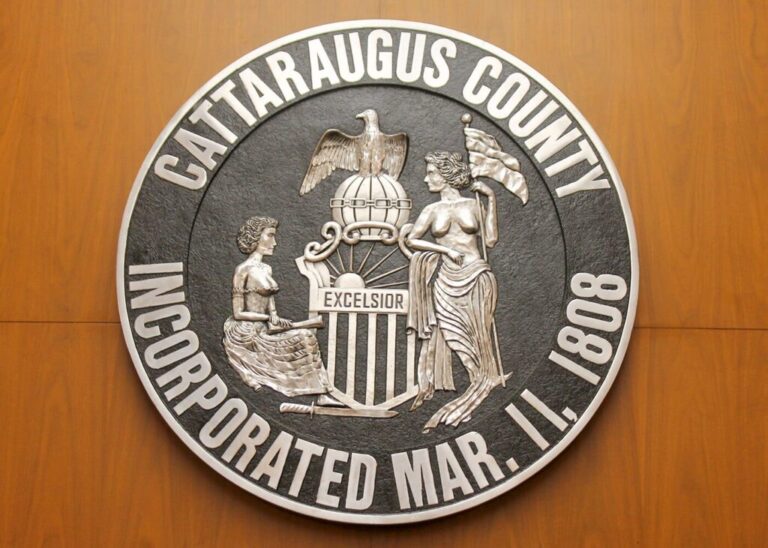A SpaceX Falcon 9 rocket soared into the night sky from Space Launch Complex 40 at Cape Canaveral Space Force Station, marking a significant milestone for the company. The launch, which took place on July 2, 2025, was SpaceX’s 500th Falcon 9 mission, further solidifying its dominance in the space industry. The mission, designated Starlink 10-25, successfully deployed a new batch of Starlink satellites.
The launch occurred at 2:28 a.m. EDT (0628 UTC), with the Falcon 9 rocket following a north-easterly trajectory. The first stage booster, identified as B1067, made its 29th flight, setting a new record for reuse in SpaceX’s fleet. This achievement underscores SpaceX’s commitment to reusability, a key factor in reducing the cost of access to space.
Historic Landing and Weather Conditions
Shortly after liftoff, the first stage booster executed a flawless landing on the droneship ‘A Shortfall of Gravitas,’ stationed in the Atlantic Ocean. This marked the 116th successful touchdown on this particular vessel and the 472nd booster recovery in SpaceX’s history. The 45th Weather Squadron had predicted a 90 percent chance of favorable weather, with minimal interference from cumulus clouds, ensuring optimal conditions for the launch.
The booster, B1067, has an impressive flight history, having previously supported four Dragon missions (including both crew and cargo), the Turksat 5B mission, and 17 batches of Starlink satellites. Its continued reliability highlights the robustness of SpaceX’s engineering and operational capabilities.
Starlink Expansion and 2025 Launch Statistics
The Starlink 10-25 mission carried 27 of the Starlink V2 Mini Optimized satellites, contributing to SpaceX’s ambitious plan to expand its global broadband network. As of this launch, SpaceX has deployed 1,505 Starlink satellites across 61 missions in 2025 alone, demonstrating the rapid pace of its satellite constellation expansion.
January – 8 launches
February – 10 launches
March – 6 launches
April – 9 launches
May – 15 launches
June – 12 launches
These 61 Starlink flights account for the majority of the 83 Falcon 9 missions conducted by SpaceX in 2025, underscoring the company’s focus on building its satellite internet service.
Implications for the Space Industry
SpaceX’s 500th Falcon 9 launch represents a significant achievement not only for the company but also for the broader space industry. The successful reuse of the Falcon 9 boosters has set a new standard for cost-effectiveness and sustainability in spaceflight. According to industry experts, this milestone could pave the way for more frequent and affordable access to space, potentially opening new opportunities for scientific research, commercial ventures, and international collaboration.
Meanwhile, SpaceX’s relentless launch cadence and focus on reusability continue to challenge traditional aerospace companies. The company’s ability to rapidly turn around and reuse its rockets is a testament to its innovative approach and could influence future space policy and industry standards.
Looking Ahead
As SpaceX continues to push the boundaries of space exploration and satellite deployment, its focus remains on enhancing the capabilities of its Starlink network and preparing for future missions, including crewed flights to Mars. The company’s achievements in reusability and rapid launch turnaround times are likely to remain central to its strategy as it seeks to maintain its leadership in the commercial space sector.
With the 500th Falcon 9 launch now complete, SpaceX is poised to continue its ambitious schedule, with more Starlink missions and other payloads planned for the coming months. The company’s ongoing efforts to innovate and expand its reach could have lasting impacts on how humanity accesses and utilizes space.




















